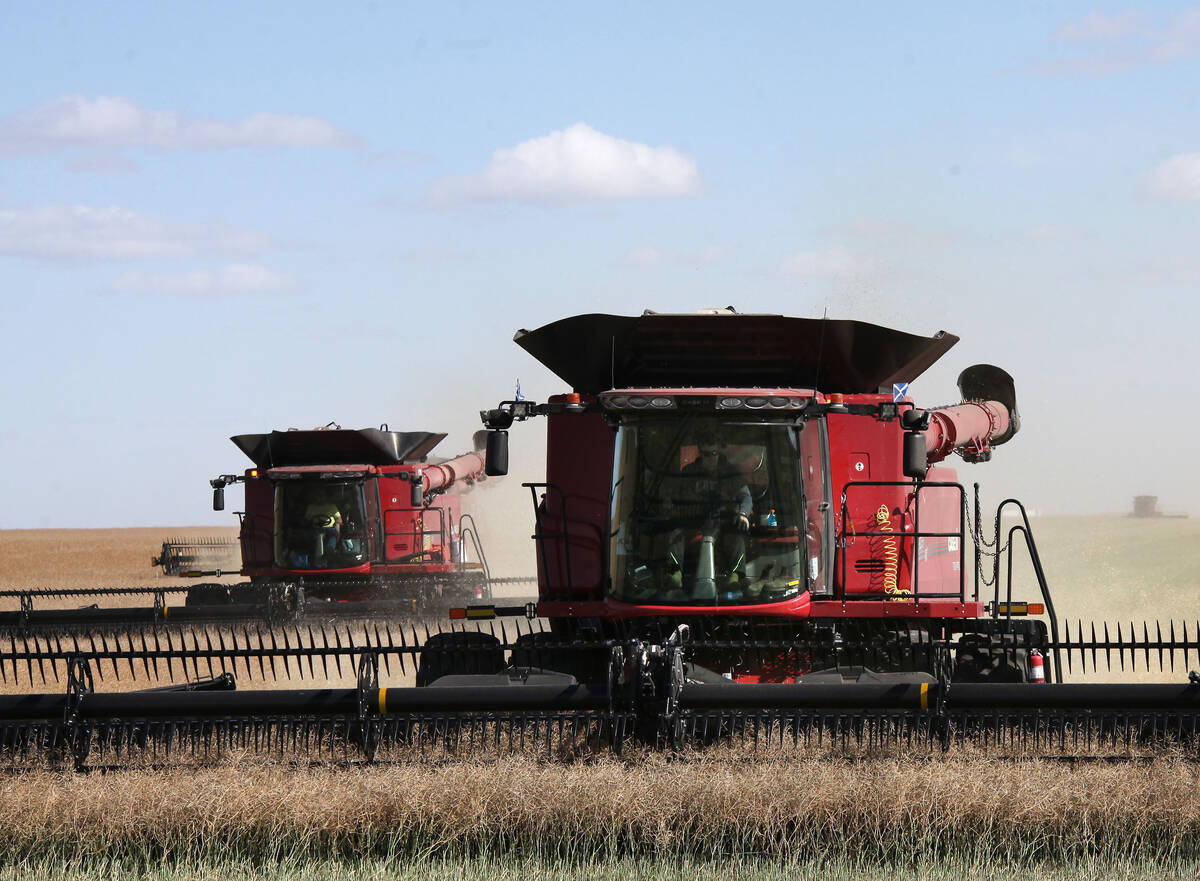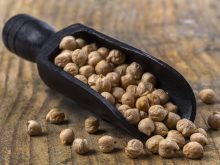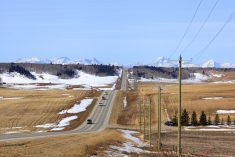MarketsFarm –– For the second year in a row the Alberta harvest wrapped up well ahead of the five-year average.
With a gain of three points for the week ended Tuesday, Alberta Agriculture, Forestry and Rural Economic Development (AFRED) pegged the combining of major crops at 99.2 per cent complete. That’s 22 and a half points ahead of the five-year average and 16.5 points above the 10-year average. Also, this year’s harvest edged out last year’s by a half point.
Dry conditions along with above normal fall temperatures helped to speed along the last of the harvest. As of Tuesday, AFRED placed soil moisture levels in the province at 28 per cent good to excellent and one per cent excessive. That’s down from the July 12 levels of 77 per cent good to excellent and five per cent excessive.
Read Also

Calling for bigger crops ahead of StatCan report
Statistics Canada will release its first survey-based production estimates for the 2025/26 crop year on Dec. 4, with general expectations for upward revisions to most major crops from the model-based estimates in September. However, as StatCan has shown a tendency to underestimate production in its December reports, many analysts expect actual production may be revised upward in subsequent reports.
By region, the south was officially complete at 100 per cent, with the northeast at 99.4 per cent and the central at 99 per cent. The northwest and Peace regions registered at 98.3 per cent finished.
Dry peas were listed as 100 per cent combined, with barley at 99.9 per cent, spring wheat at 99.8 per cent, oats at 98.7 per cent and canola at 98.1 per cent. The report noted that the quality of hard red spring wheat, canola and dry peas were above their five-year averages. The quality of malt and feed barley was on par, while durum and oats were below their averages.
Thanks to ample rains in June, Alberta ended up with sufficient livestock feed supplies for the coming winter. A very large number of straw bales were at the ready to supplement any shortages that could arise.
Of the province’s dryland hay, 89 per cent came from the first cut, which yielded 1.6 tons per acre. That was slightly better than the five-year average. Where a second cut was possible, yields were one ton per acre.
Irrigated hay saw 60 per cent of its production come from the first cut at 2.1 tons per acre. The second cut yielded 36 per cent of the hay at 1.4 tons per acre and a third cut provided four per cent at 0.4 ton per acre.















